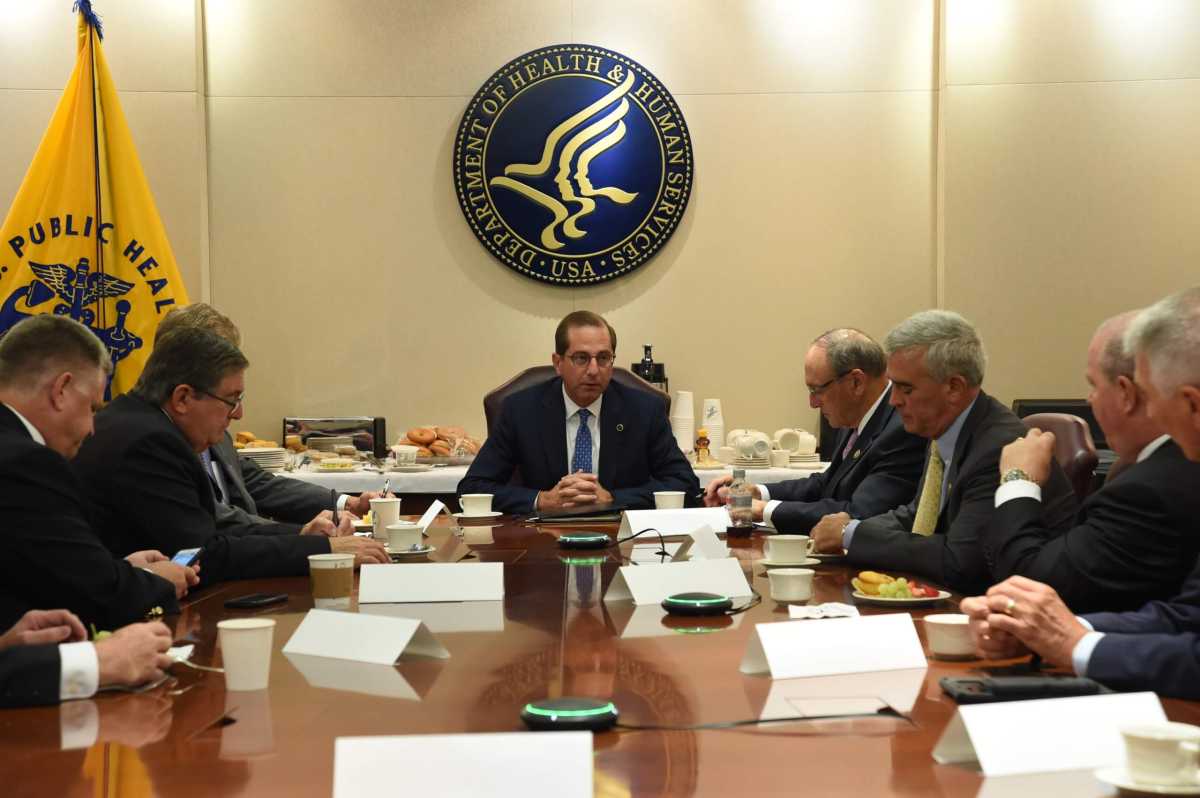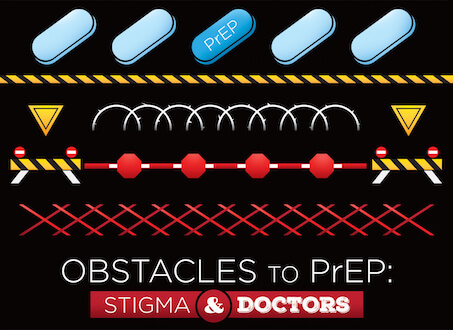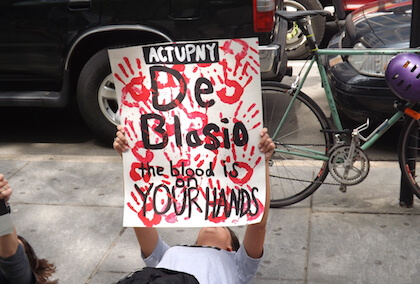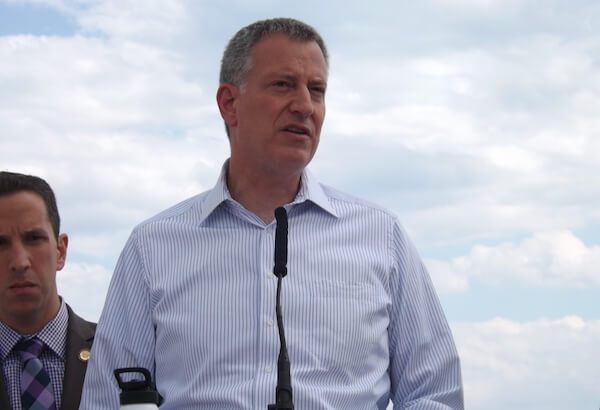The Trump administration’s Department of Health and Human Services (HHS) in 2017 ordered the removal of an image of condoms on a fact sheet aimed at educating women and girls about safe sex and the prevention of HIV/ AIDS, according to Kaiser Health News.
“Candace came across the NWGHAAD PDF fact sheet… Since it contains the unapproved condom imagery we were hoping you could remove this file from the server,” wrote an official working in the HHS Office of Women’s Health in a 2017 email. The directive was sent to a federal contractor at Palladian Partners who was working with HHS.
Less than an hour after that email was delivered, the Palladian Partners employee responded by saying, “Just to follow up: The file has been removed.”
Kaiser Health learned of the email when the non-profit watchdog group American Oversight shared the findings of its Freedom of Information Act request.
The US Air Force Medical Service originally distributed the fact sheet as a PDF in a Facebook post on March 10 of 2017. The post contained a caption that read, “It’s National Women and Girls HIV/ AIDS Awareness Day. Today, about one in four people living with HIV in the United States is female… Addressing these issues remains critical to achieving an HIV- and AIDS-free generation.” The PDF image contained photos of condoms and read, “THE #BESTDEFENSE IS A GOOD OFFENSE.”
In 2017 — the year the fact sheet originally went up — there were more than 236,000 women and girls living with HIV in the US, according to the Centers for Disease Control and Prevention.
HHS unveiled a plan in December of last year to offer HIV prevention drugs, or PrEP, free to individuals who lack prescription drug coverage, but PrEP is only one line of defense against transmission of HIV. Condoms have long been known to be a key tool in preventing transmission of sexually transmitted infections, including HIV.
The censoring of the fact sheet appears to be aligned with efforts by the Trump administration to use HHS as a vehicle to instill deeply conservative values through the American healthcare system. Under Trump, HHS has made efforts to give hospitals, doctors, and insurance companies the right to refuse care for transgender patients.
Additionally, that right-wing political agenda is also evident on HHS’ Office on Women’s Health website, which pushes an unrealistic abstinence-first narrative saying, “The best way to prevent HIV is to not have vaginal, oral, or anal sex or share needles at any time.”
Since that 2017 email was delivered, the administration has also wavered on efforts to address the HIV epidemic in the US. By 2018, the administration was discussing whether to cut off a $2 million-dollar contract to fund research and testing for an HIV treatment because of the use of fetal tissue in the effort.
The HHS email that led to the censoring of the fact sheet is also significant considering that women and girls have, at times, been left out of the narrative on efforts to eradicate the HIV/ AIDS epidemic. A prime example of that was seen when health officials in New York City and elsewhere offered guidelines for PrEP on Demand — which entails taking HIV prevention pills on a staggered schedule depending on when individuals have sex. Those guidelines were only offered to men because research has not thoroughly looked at the regimen’s impact on transgender individuals or cisgender women.
Asked to comment on the condom imagery’s removal, an HHS spokesperson, in an email response, stated that National Women and Girls HIV/AIDS Awareness Day is “observed… in a variety of different ways emphasizing a multitude of messages about HIV prevention among women.” The spokesperson went on to write, “The larger emphasis on PrEP aligns with the Ending the HIV Epidemic: A Plan for America. A major goal of this initiative is to prevent new HIV transmissions by using proven interventions, including PrEP. Of the estimated 1 million Americans at substantial risk for HIV and who could benefit from PrEP, less than 1 in 4 are actually using this medication.”
Prior to the introduction of PrEP and for those not taking the preventative treatment, correct condom use was and is universally seen as a proven intervention.




































